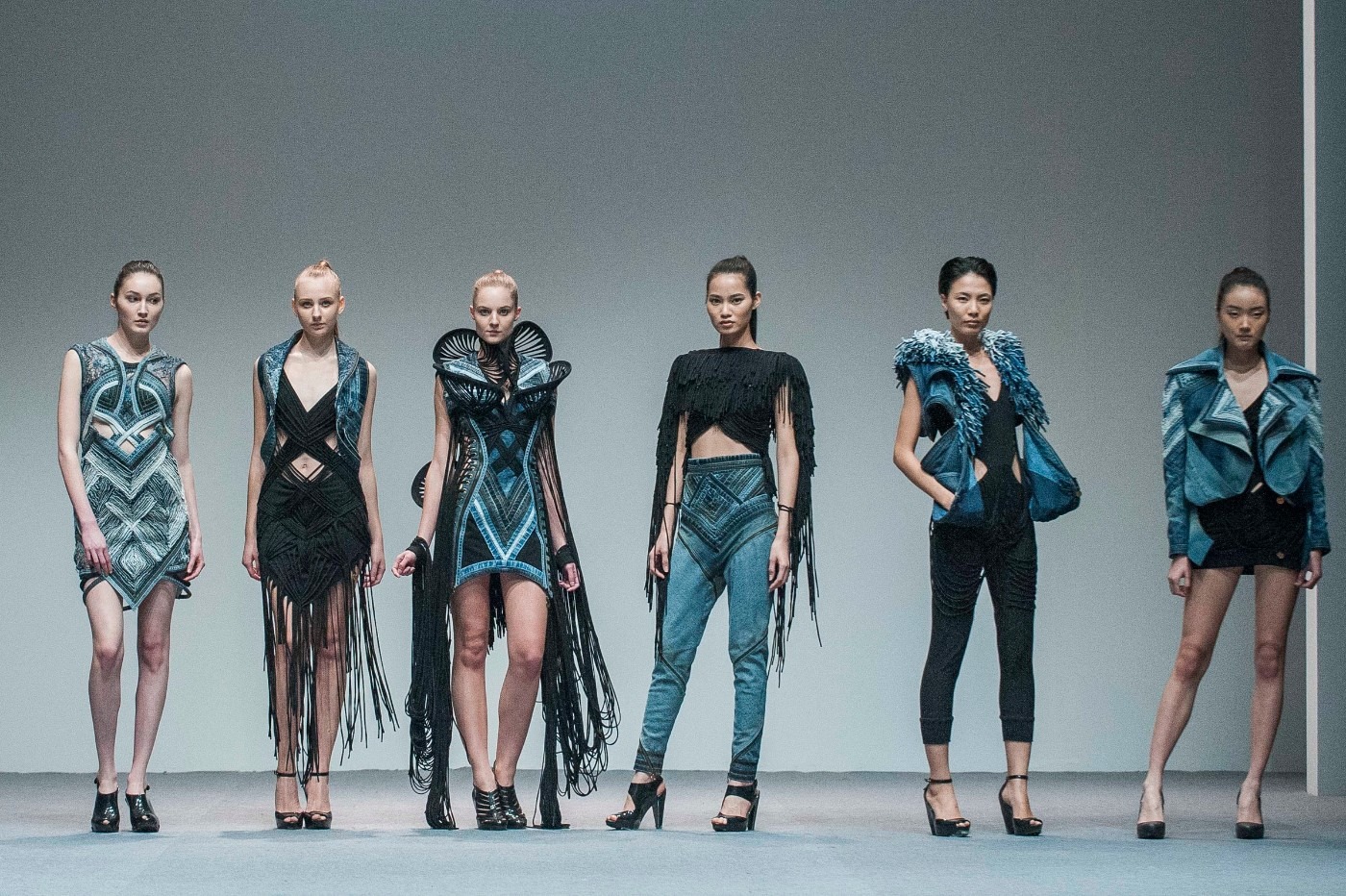Fashion is an ever-evolving art form, but its roots often reach back to traditions, histories, and cultures from across the globe. In recent years, the integration of cultural heritage into modern fashion has seen a significant rise, as designers and brands strive to create collections that are not only stylish but also meaningful. This trend highlights the importance of diversity, storytelling, and respect for traditions in a rapidly globalizing world.
What Is Cultural Heritage in Fashion?
Cultural heritage in fashion refers to the use of traditional elements, techniques, and motifs that originate from specific cultures, often passed down through generations. These can include:
- Fabrics and Textiles: Like African kente cloth or Indian silk sarees.
- Embroidery and Beadwork: Often seen in Indigenous or Middle Eastern cultures.
- Design Techniques: Such as Japanese shibori (tie-dyeing) or Indonesian batik.
Designers draw inspiration from these elements, blending them with contemporary aesthetics to create new, yet familiar pieces that resonate with both local and global audiences.
Modern Designers Embracing Cultural Heritage
Many contemporary designers are leading the way in incorporating cultural heritage into modern fashion:
- Stella Jean: The Haitian-Italian designer uses traditional African prints in her vibrant, eclectic collections, celebrating her Afro-Caribbean roots.
- Manish Arora: Known for blending traditional Indian elements with bold, modern designs, Arora’s work showcases intricate embroidery, vibrant colors, and patterns reflective of Indian culture.
- Dior: In recent years, Dior has collaborated with African artisans to incorporate traditional techniques like beading and weaving into luxury collections.
Cultural Appropriation vs. Cultural Appreciation
While drawing inspiration from different cultures can create beautiful fashion, it’s important to distinguish between cultural appreciation and cultural appropriation. The former involves respectful engagement with a culture, understanding its significance, and collaborating with artisans from that culture. The latter, on the other hand, often takes cultural elements out of context for profit, without acknowledging or compensating the people behind them.
To avoid cultural appropriation, brands must:
- Collaborate with Local Artisans: Ensuring that traditional techniques are used authentically and that the creators are fairly compensated.
- Educate Consumers: Sharing the story behind the cultural elements used in collections, so buyers can appreciate their deeper significance.
The Impact of Cultural Heritage on Global Fashion Trends
The inclusion of cultural heritage in modern fashion has opened doors for global trends to emerge. Fashion is no longer confined to the West; styles from Africa, Asia, Latin America, and Indigenous cultures are influencing global runways. This creates a richer, more diverse fashion landscape where tradition and innovation coexist.
Conclusion
Cultural heritage in fashion is a celebration of diversity, storytelling, and craftsmanship. When done with respect and intention, it bridges the gap between tradition and modernity, allowing fashion to serve not only as a form of self-expression but also as a tribute to the rich cultural histories that shape our world.




